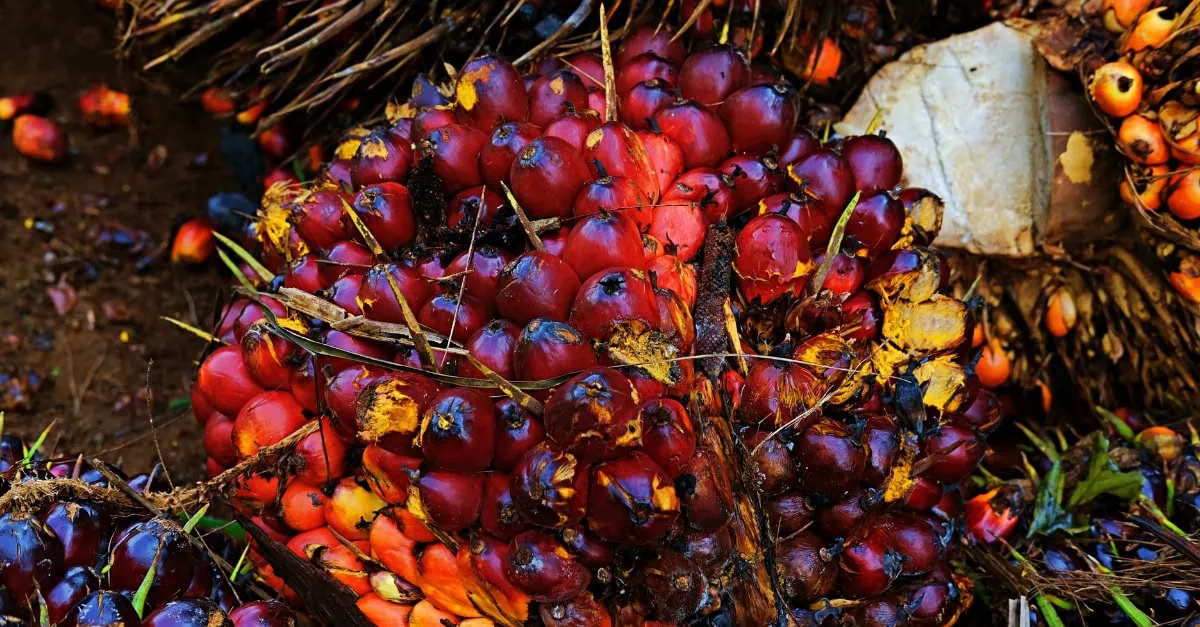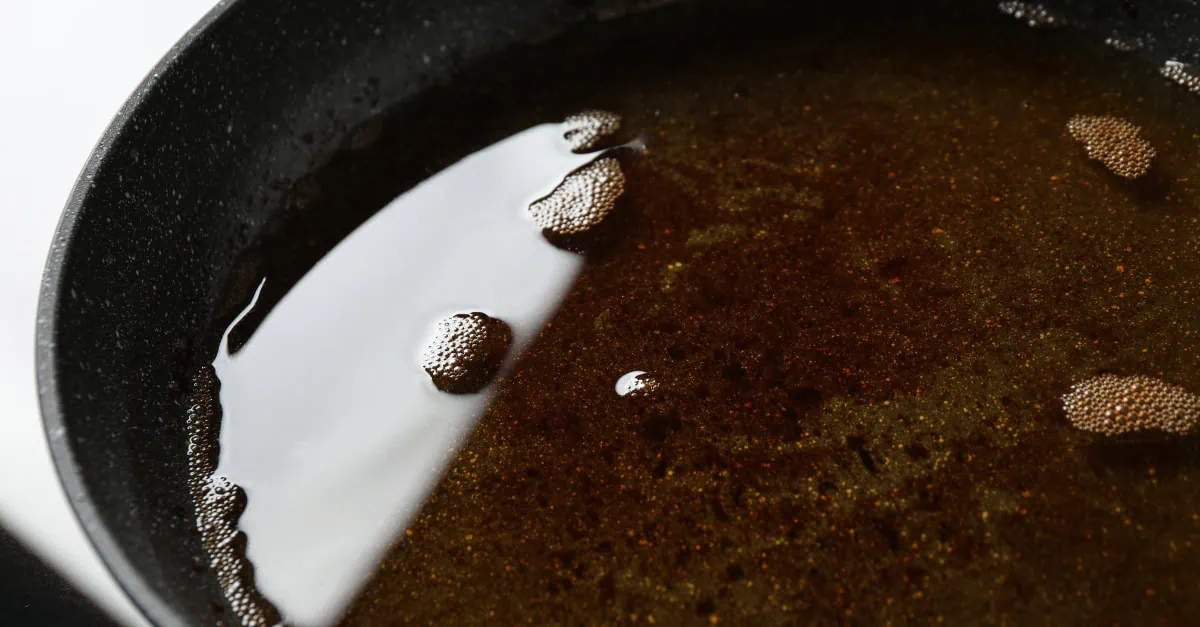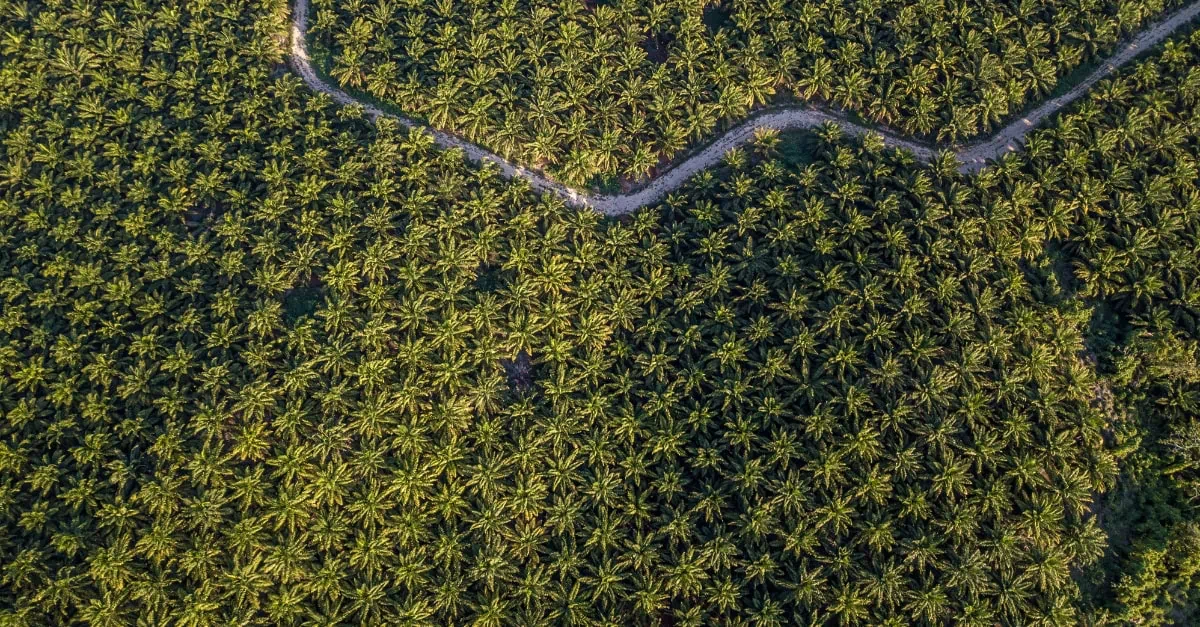Palm oil prices dropped sharply, with BMD spot crude palm oil declining $50 per metric tonne to $974/mt as concerns grow over Indonesia’s B50 biofuel program implementation timeline and weaker demand from key buyers.
The decline exceeded market expectations, driven by a combination of higher Malaysian output, softer buying activity, and growing doubts about when Indonesia will implement its B50 program. Market participants linked the weakness to concerns that production for B50 may only begin by late 2026 or even later due to capital and capacity constraints.
Julian McGill from Glenauk Economics noted that production for B50 may only begin by late 2026 or even later due to capital and capacity constraints. Such statements are strongly bearish for palm oil prices, according to market observers.
Malaysian supply outlook increases
A Bloomberg poll shows that Malaysian palm oil stocks may have increased in October to 2.44 million metric tonnes, up 3.4%, supported by very strong production of 1.95 million metric tonnes, up 6%, and relatively modest exports of 1.47 million metric tonnes, up 2.8%.
Farm Trade projected an even larger stock increase to 2.54 million metric tonnes, up 7.75%, as it expects exports to decline by 2.7%. UOB Kay Hian estimated that Malaysian production might have jumped by 10%, increasing bearish price risks.
Demand weakness from key buyers
The market also linked the weakness to soybean oil being more competitively priced than palm oil, drawing the attention of key buyers such as India. According to RKS Singhal, the domestic Indian price for refined soy oil stood at INR 1,250 per 10 kg in Kandla, compared with INR 1,260 per 10 kg for RBD palm olein in Kandla.
Reuters reported that palm oil imports fell 27.6% month-on-month in October to 600,000 metric tonnes, the lowest level since May, according to dealer estimates.
The market is also concerned that higher Chinese stocks of oils and meals, along with a potential increase in purchases of U.S. soybeans, could dampen Chinese demand for crude palm oil.
B50 implementation uncertainty
Indonesia’s B50 program, which would mandate a 50% biodiesel blend in diesel fuel, has been a key supportive factor for palm oil demand expectations. However, growing doubts over the implementation timeline have created bearish sentiment in the market.
The capital and capacity constraints cited by analysts suggest that even if the program moves forward, the ramp-up in palm oil demand for biodiesel production may be delayed significantly beyond initial expectations.
Market outlook
According to market participants, the recent drop in palm oil prices appears slightly overdone, though partially justified. Prices may see some recovery in December–January, when production typically declines and demand ahead of Muslim holidays picks up.
Statements regarding Indonesia’s B50 program may cause volatility, as the implementation timeline remains unclear. If B50 news are not optimistic, prices might stay below October highs.
Longer term, if B50 is implemented and global palm oil production growth remains limited, the outlook is bullish. Glenauk Economics projects MYR 4,300–4,600 per metric tonne for BMD palm oil in the first half of 2026.
This article is part of a more comprehensive oils & fats market analysis. For the full analysis, go to: https://app.vespertool.com/market-analysis/2416





